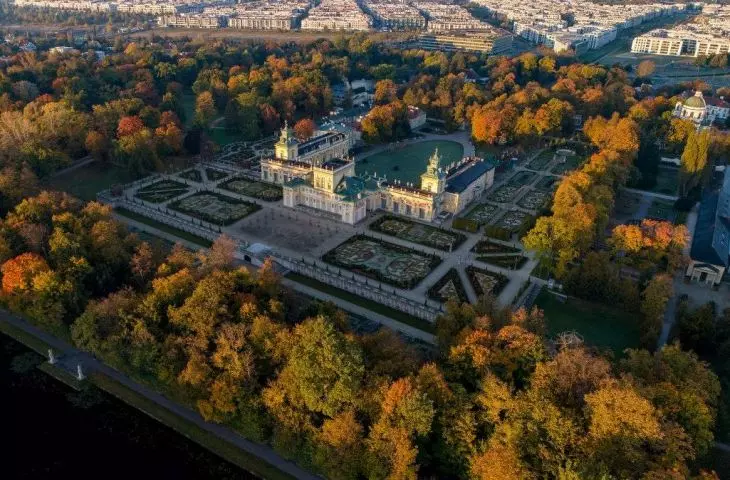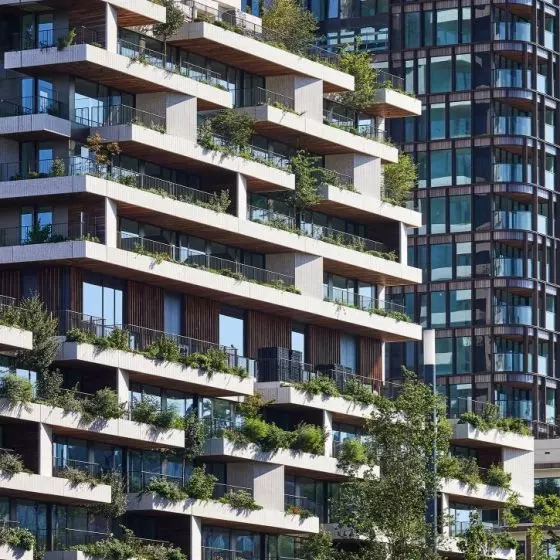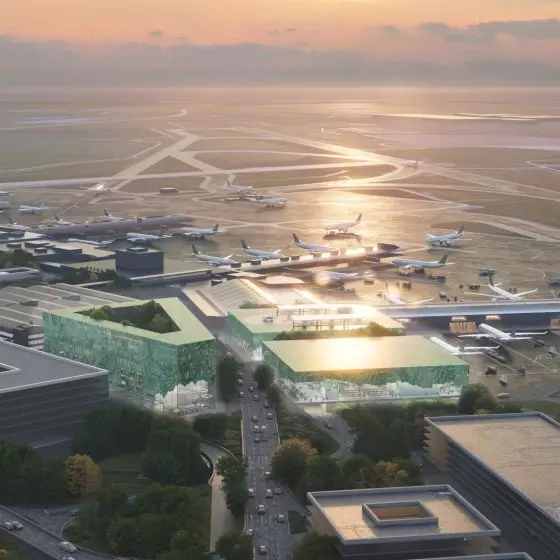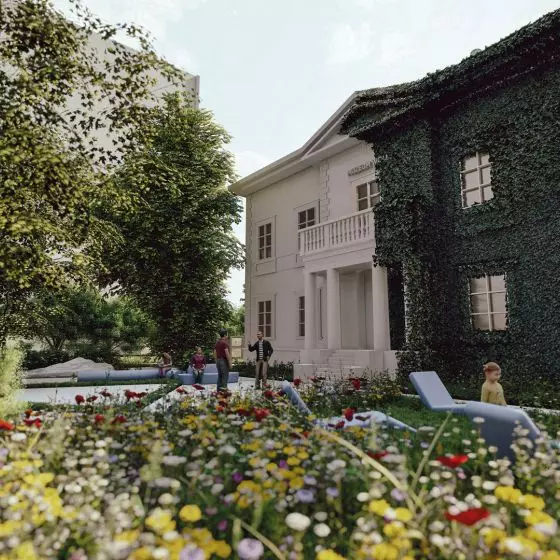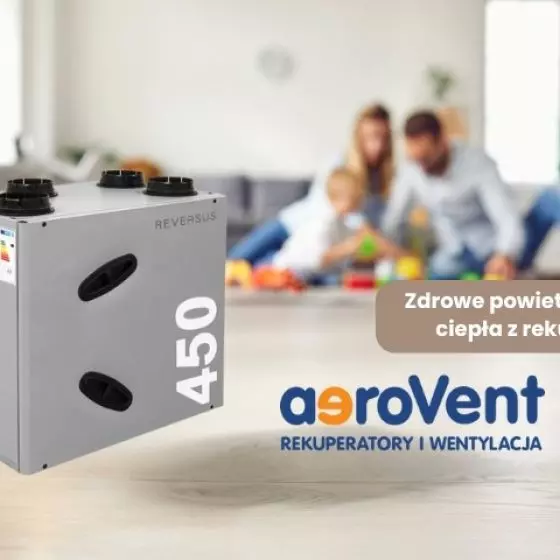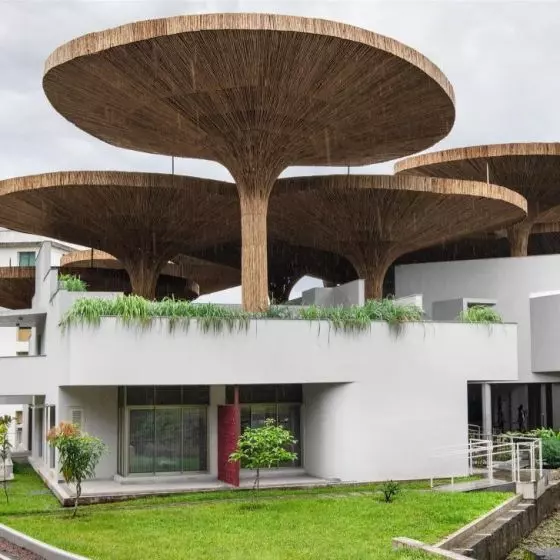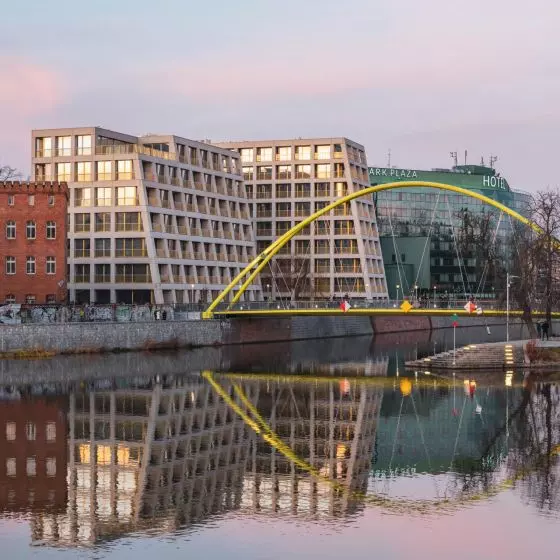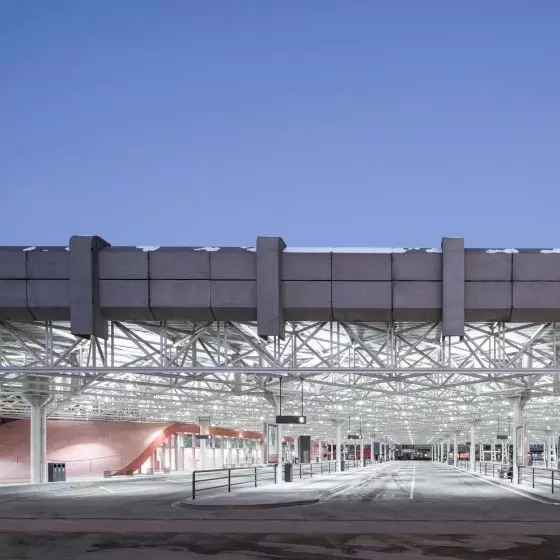Tomorrow, April 22, will mark the 52nd celebration of International Earth Day, an annual event whose overarching goal is to spread environmental awareness and promote environmental protection. Over the years since the initiative was launched in the 1970s, our climate awareness has grown, but also, unfortunately, the problem we face has deepened.
The slogan for this year's Earth Day celebration is "Let's invest in our planet." As the organizers of the campaign emphasize, the time for change has come, and we must act boldly, and innovate and implement solutions fairly. Create a partnership for the planet - combine the efforts of governments, citizens and businesses.
let's not waste!
What changes can the built environment make? One aspect to pay attention to is the running out of water resources.
Responsibility for the environment and the safety of future generations is closely related to the construction industry," said Agnieszka Kalinowska-Sołtys - SARP Vice President for Environment and Climate Protection, member of the Program Council of the UN Global Compact Network Poland and partner at APA Wojciechowski Architects- in an interview about the next edition of the KOŁO competition. - The construction of new buildings is directly related to a huge carbon footprint, so any measures to reduce this footprint are important. What materials are to be used to construct the designed buildings, how in the life cycle of the building these materials will behave and what will happen to them after demolition - these are fundamental questions that we should be able to answer already at the design stage. Of course, everything cannot be predicted today, but we can at least eliminate from our designs materials that are perishable, harmful, contribute to environmental degradation or are obtained fraudulently during extraction or in the supply chain. Drinking tap water is also associated with a significant carbon footprint, because to obtain it, a lot of electricity was used to pump and purify it. At the same time, a significant amount of chemicals were used in the purification process, which is not insignificant for the environment and human health. If we can reduce the consumption of drinking water in any ecological way - it is certainly worth doing so. Above all, let's save, let's not waste, let's optimize consumption," the architect adds.
butterfly effect
Marta Sekulska-Wronska, an architect at the WXCA studio and president of the Warsaw Branch of the SARP, whose members organized a series of educational activities dedicated to water called WATER : IN THE CENTER, has a similar opinion on the subject.
The issue of water receives little attention - even in, let's call it, specialized circles. The wiser we are as a civilization, the more we gain awareness of how our activities affect processes related to the water cycle in nature, for example. [...] At one of the lectures of our water cycle, there was talk about retaining rainwater, not letting it go into the sewer system. This seems obvious, yet it requires great design artistry and at the same time also investor awareness. A great deal can be achieved at the concept stage at a relatively low cost - with calculations and drawings. However, the associated increased investment outlay will pay dividends in the form of lower operating costs in the long run. It is enough to realize that rainwater can be used to irrigate greenery on the estate, but it could just as well be used to flush toilets. By then, the community would have already recorded real profits, since it would not be drawing this water from the water supply system. It is easy to imagine the multiplication of such a solution functioning on the principle of the butterfly effect - if all the estates started to collect rainwater and manage the water wisely it would translate into a much smaller amount of consumed water given to sewage, says Marta Sękulska-Wronska.
ecological solutions in practice
Both architects are members of the jury of this year's 24th edition of the KOŁO "Bathroom Design 2022" competition organized by Geberit, whose goal is to select the best design for a pavilion at the Orangery of the King John III Palace in Wilanów, housing a modern toilet for visitors. The proposed public toilet, in addition to its functional values and aesthetic qualities, should also include ecological solutions. Competition entries can be submitted until May 4 this year. More details can be found here.



© competition organizer archive






